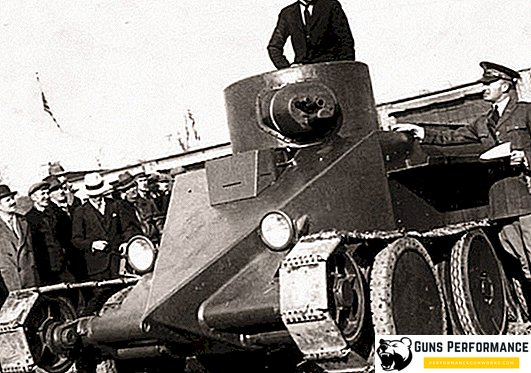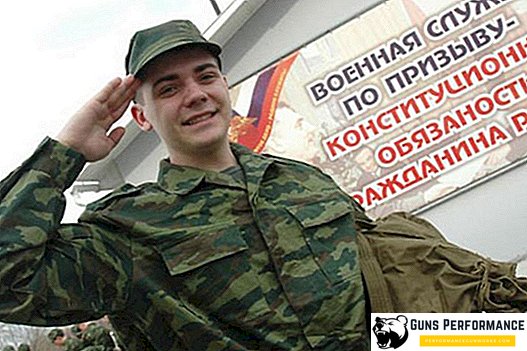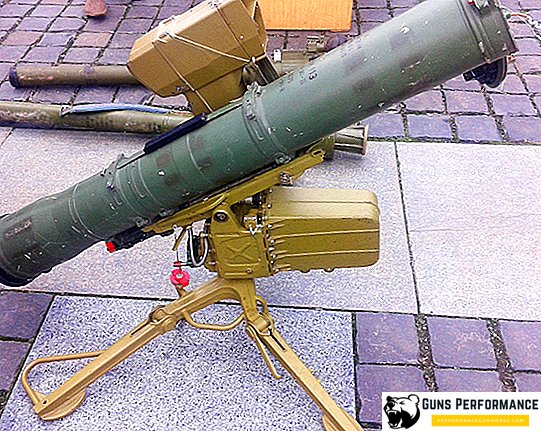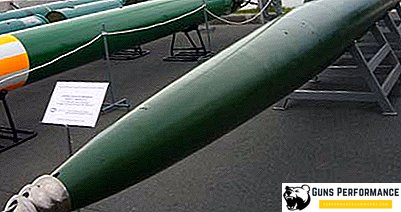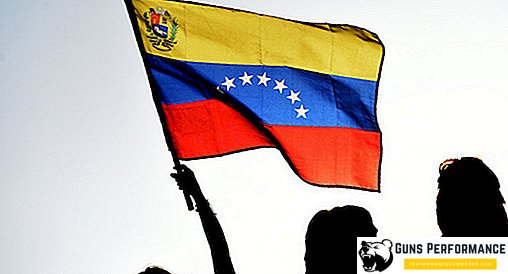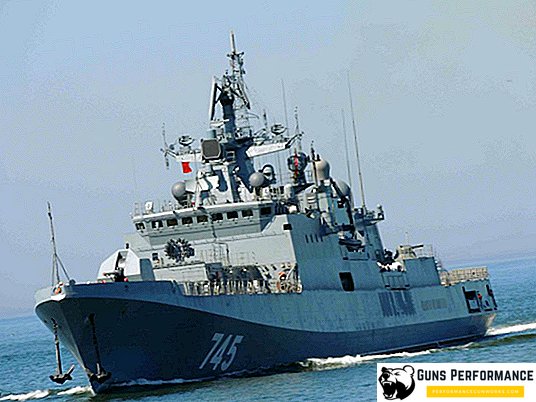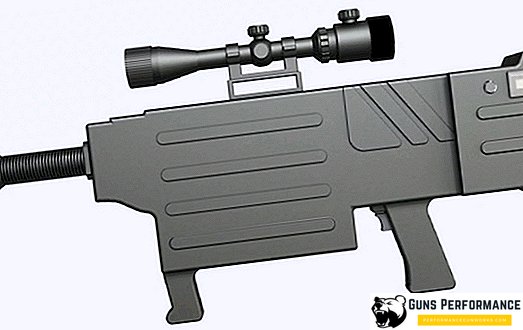The military doctrine is usually understood as scientifically reasoned, in the established form, the concepts of prescriptive directives adopted for a long time, which determine the use of military forces and means for realizing political goals, as well as the direction of military tasks and methods for resolving them, and trends in military construction.
The doctrine is established in relation to the content, objectives and characteristics of probable wars, military-political, strategic, technical, economic, legal, and other major aspects of military policy relating to preparing state structures for war or repelling an attack. It is accepted both by individual states and by state union formations.
The Russian Airborne Forces establishes involvement in the military-political, military-strategic and military-economic fundamentals to ensure the military security of the state, which is determined by its defensive nature.
Approval of the Russian Military Doctrine
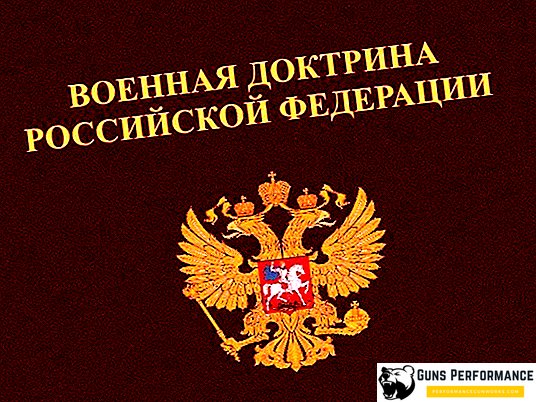
At the end of December 2014, the Security Council of the Russian Federation approved, and President Vladimir Putin approved the amendments and the already updated Military Doctrine itself at that time. Due to a number of modifications in the international military-political circumstances observed during those hours, the Russian leadership took appropriate steps to edit the then existing documents reflecting the state defense strategy. Thus, on December 26, the main defense government document appeared in the form of an updated Military Doctrine.
By the nature of the amendments introduced then it became known that the text of the main document remained almost unchanged. However, with some provisions of the Doctrine there was a transformation. So, for example, additions were made, reductions were made, and also intradocumentary movements were made. Given that the amended document did not look more, they still had a significant impact not only on the attitude to the Military Doctrine itself, but also on the specificity of its implementation.
Need for Military Doctrine for the Russian Federation
The need, and not only political, to create a holistic document called the “Military Doctrine of the Russian Federation” arose at the end of the last century. By that time, most of the developed countries already had a system of regulatory documentation relating to military-political issues, fully justifying their existence. In particular, in the United States of America this was marked by a set of basic conceptual documentation of the United States in matters that ensure national and military security.
By the way, as was customary from those distant times, it was the President who was appointed the Commander-in-Chief of the Armed Forces of many states. This was reflected in the American National Defense Strategy (analogous to the domestic WA), as well as in the National Military Strategy. On the basis of the latter, operational planning on the use of the Armed Forces was carried out, and a prospect of strategic and operational concepts on their use was developed.
Moreover, the United States had at its disposal a correction mechanism in the provisions of the documentation. This was done with the help of the annual report of the Secretary of Defense to the US Congress, the American "White Paper", as well as to the chairman of the Committee of the Chiefs of Staff of the Armed Forces.
In Russian history, for the first time in 1993, the President of the Russian Federation was able to approve a document called the “Basic Provisions of the Military Doctrine of the Russian Federation”. Immediately before the appearance of the document, there was an extensive controversy involving the media. In addition, they held an effective military-scientific conference at the Military Academy of the General Staff. During the conference, the theoretical foundations of military doctrine were discussed and subsequently published in an academic scientific collection.
The definitions contained in the text of the current document fully meet the theoretical requirements: the Russian Military doctrine is a system of formally established views in the state for the preparation of armed defense, as well as the defense of the Russian Federation itself.
Theoretical requirements of the Russian Military Doctrine
In strict accordance with theoretical inquiries, the Russian Military Doctrine can answer basic questions:
- Likely adversary and methodology for preventing military conflict;
- The alleged peculiarity of an armed conflict in the event of conflicts, as well as the goals and objectives set for the state and its armed forces during their implementation;
- What kind of military organization should be created for this, as well as the proposed directions for its development.
- The alleged forms and methods of warfare;
- The methodology for the preparation of the state and its military organizations for war, as well as the use of force in the event of armed conflict.
In this regard, the subject of the Russian Military Doctrine is primarily determined by the long-term economic state interests to be protected, the potential potential of the state in the event of warfare, dependent on its economic growth, as well as the state of social and scientific-technical public improvement.
The military doctrine introduces regulatory, organizational, and informational functions, which are determined by its exclusivity in the process of preparing the state and its military organizational structure for the defense and defense of national interests, taking into account the use of military force.
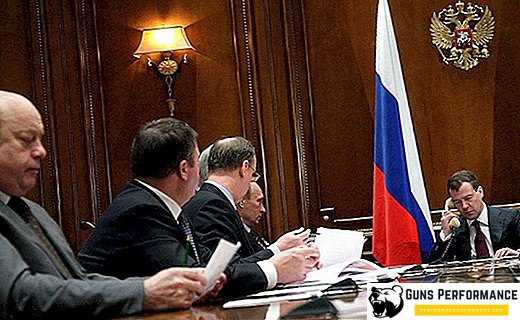
Russian Military Doctrine: Basic Principles
The Russian Military Doctrine contains a reserved definition of the role and tasks of strategic nuclear weapons with increased attention to non-nuclear strategic deterrence, as the most powerful motivator in the near future.
Basic concepts
The updated document introduced a new concept called the "non-nuclear deterrence system", represented by foreign policy, military and military-technical measures, comprehensively aimed at preventing aggressive actions against Russia using non-nuclear means.
Based on the Russian Military Doctrine, the priorities in military policy and military construction are presented in descending order:
- Nuclear deterrence with a relatively high degree of force and emphasis (if a new heavy rocket is created) during the first or retaliatory strike, combat railway missile systems, taking into account their revival, with strategic attack submarines, with the accumulation of their potential - and as a result of a retaliatory strike ;
- Aerospace defense from a massed attack with precision-guided non-nuclear weapons by the forces of the US Army together with their allies;
- Major regional conflicts with NATO within the western, northern, south-western borders of the Russian Federation and the CIS countries;
- Regional Far East Conflict;
- Territorial conflict with Japan;
- Reflection of single rocket attacks, provocative or random (missile defense system in the Moscow region);
- Local conflicts and domestic peacekeeping operations along the perimeter of the Russian state borders, as well as on the territory of the post-Soviet space;
- Actions in the Arctic region and countering piracy in the Indian Ocean.
Content of the updated Russian Military Doctrine
There was no change in the classification of wars and military conflicts. Some military experts expressed regret that even the updated document still does not give a clear definition of the concept of "war", and such uncertainties have not yet led to anything good except for all kinds of distortions.
Some experts in 2016 offered their own interpretation of the term "war". Here is one of them. War can be called the highest form of resolving indigenous inter-state contradictions among coalitions of states, social groups of the population of one of the states with the use of armed violence of high intensity, which may be accompanied by other types of confrontation (for example, political-economic, informational, psychological, etc.) for conquering political goals.
In an environment of constantly changing geopolitical conditions, it seems relevant to exclude simplified approaches to classifying wars based on one or two criteria. A systematic approach is needed with several criteria used, for example, from the following.
According to the technological level of development of the contending parties:
- The war of technologically underdeveloped states;
- The war of technologically advanced states;
- Mixed: the war of highly developed and underdeveloped states.
On the application of the strategy to achieve the goals:
- The war using the strategy to crush the enemy, mostly physically;
- War using the strategy of indirect effects. These could be destabilization measures in the politics and economy of states, the organization of situations within states, the so-called "controlled chaos", indirect or direct military support of armed opposition forces to gain power by the necessary political forces;
- Mixed-type: “hybrid warfare” - a war that combines at different stages a complex of strategies, both crushing and indirect influences.
By the scale of the use of armed violence, war can be:
- Local;
- Regional;
- Large scale.
According to the use of means of warfare, war can be:
- Nuclear;
- Using the full potential of weapons of mass destruction (weapons of mass destruction);
- Using exclusively conventional weapons;
- With the massive use of weapons with new physical principles.
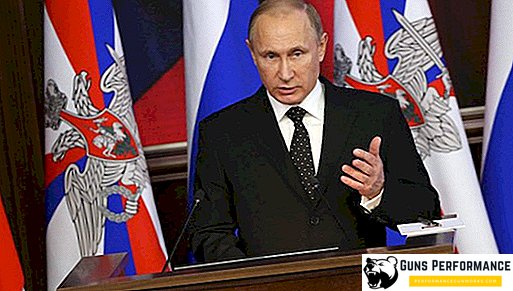
In relation to the norms of international law, war can be:
- Fair - to protect the independence, sovereignty, the nationals;
- Unfair - “aggression” falling under the international classification.
The composition of the participants of the armed confrontation war can be:
- Among the two states;
- Among coalitions of states;
- Among the coalition and one state;
- Civilian
The updated Russian Military Doctrine improved the concepts of local, regional and large-scale wars.
A local war is a war that can pursue a limited military and political goal. Combat operations are conducted within the confronting states and affect mainly the interests of these states exclusively (territorial, economic, political, and others). In certain circumstances, local wars can escalate into regional or even large-scale.
A regional war is a war in which several states are represented, represented in one region. It can be conducted with the involvement of national or coalition armed forces. In the process of its conduct, the parties usually pursue significant military-political goals.
Large-scale war is a war among coalitions of states or the largest states in the world community. Such wars are unleashed by the parties, as a rule, in order to pursue radical military and political goals.
The classification of armed conflict has not changed. The doctrine is proposed to call them domestic and international.
The military doctrine of the Russian Federation: military threats to the country
In the second section of the document there were the biggest changes. Mainly, it noted an obvious increase in the level of tension in the most diverse spheres of interstate and interregional interactions with common complications in the international situation. This is due to increased global competition and rivalry, unsustainable processes of economic development, as well as processes of redistribution of influence on the pace of world development to the benefit of new centers of power. The tendencies to shift military threats towards the information space and the internal sphere of the Russian Federation have been recognized as dangerous. It was immediately noted that in some areas the military danger for the Russian state is increasing.
Sources of external military danger

With the new edition of the Military Doctrine, the sources of external military danger, as explained by the National Security Strategy, are specified concretely to the current trend in the development of military-political circumstances.
Sources of foreign military danger can be:
- First of all, the growing power potential and the deployment of the NATO bloc in the east, the proximity of its military infrastructures to the Russian borders;
- The shaking of the situation in individual countries or regions.
Deployment of military groups by foreign states (including armed international radical groups and foreign private military companies) in the territories adjacent to Russia, in adjacent water areas is dangerous. The number of these sources includes the undermining of global stability by the creation and deployment of strategic missile defense systems, as well as the militarization of space. In addition, another new source has been added. This deployment and blackmail of strategic non-nuclear systems with precision weapons to implement the theory of so-called "rapid global strikes."
Direct external military danger for the Russian Federation
Direct external military danger to Russia can be:
- Territorial claims both to herself and her ally countries;
- Intervention in their internal affairs;
- Armed conflicts in the states adjacent to Russia;
- The proliferation of weapons of mass destruction, missile technology, or the missiles themselves;
- The increase in the number of states that have nuclear weapons;
- Self-propagation of international terrorism.
The essence of the new dangers lies in the establishment in neighboring countries with foreign aid of unfriendly regimes to it, as well as in the subversive activities of special services or unions of foreign countries and their coalitions against the Russian state.
The main internal military danger for Russia

The main internal military hazards of the Russian Military Doctrine are considered:
- Efforts to forcibly change the constitutional order in the Russian Federation;
- Destabilization of internal political and social conditions in the state;
- Disorganization in the normal functioning of public authorities, especially important state or military facilities, as well as the information component in the state.
Of particular concern are terrorist organizations, their informational effects on population, to undermine the historical, spiritual and patriotic traditions in the defense of the Fatherland, as well as incitement to create a hotbed of interethnic or social tension, inciting ethnic and religious contradictions.
When certain conditions are created, military dangers can become targeted, which can lead to specific military threats.
Russian Military Doctrine: Major Threats for the Russian Federation
The main threats to the military doctrine are:
- Sharp aggravations in the military-political situation (interstate relations);
- Education conditions for the use of military force;
- Creating obstacles to the operation of systems by the state and military authorities of the Russian Federation;
- Violations of uninterrupted work in the Russian strategic nuclear forces, early warning systems about rocket attacks, control over outer space. In addition, in places where nuclear weapons are stored, at nuclear power plants, at sites with high potential hazards, including the nuclear and chemical industries.
In addition, military threats can be recognized:
- Organization and b / preparation of illegal militarized formations, their activity on the Russian territory or the territory allied to Russia of the state;
- Demonstration of military power in conducting military exercises in the border with the Russian territories.
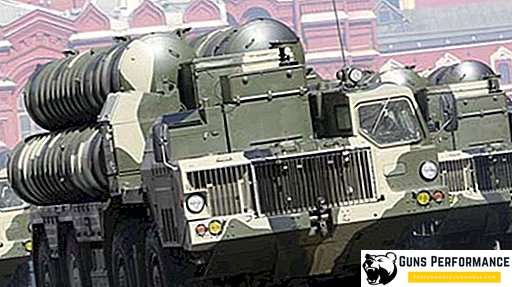
The threat of stepping up activity in the armed forces of some states (separate groups of states), which can carry out partial or complete mobilization, can translate the government and military authorities of these countries to work in wartime conditions, can be considered important.
The specificity of today's military conflicts
The same section of the Military Doctrine of the Russian Federation tells about the characteristics and features of modern-day military conflicts.
Mainly:
- The integrated use of military forces, nonmilitary forces and means by the protest potential of the population and special operations forces;
- Массированность применения нынешних комплексов вооружения и в/техники, а также основанного на новых физических законах и соизмеримых по результативности с образцами ядерного оружия;
- Спецвоздействие на противника по всей глубине его территории синхронно по всему глобальному информационному пространству, по воздушно-космическому пространству, по суше и по морю;
- Избирательное с высокой степенью поражение объектов, стремительность маневрирований войск (сил) и огня, использование самых разнообразных мобильных войсковых группировок;
- Сокращенные временные параметры при подготовке к проведению военных действий;
- Усиленная централизация и автоматизация управления войсками и вооружением при переходе от строгой вертикальной системы управления к глобальной сетевой автоматизированной системе управления войсками и вооружением;
- Образование в расположениях противодействующих сторон стабильно функционирующего района военных действий.
Тем не менее, новым считается:
- Использование в военных действиях иррегулярных вооруженных формирований и частных военных компаний;
- Пользование непрямыми и асимметрическими способами воздействий;
- Пользование финансируемыми и управляемыми извне политическими силами и общественными движениями.

Военная политика российского государства
В третьем, основном разделе Военной доктрины разъясняются вопросы, посвященные российской военной политике. Понятие "военная политика" документом предлагается рассматривать как государственную деятельность, связанную с организацией и осуществлением обороны и обеспечением безопасности российского государства, включая и интересы его государств-союзников.
Отчетливо определены направления военной политики. Это политика:
- Сдерживания и предотвращения военных конфликтов;
- Совершенствования военной организации государства;
- Совершенствования форм и методов использования ВС, иных войск и организаций;
- Повышения мобготовности для обеспечения надежной обороны и безопасности РФ и ее государств-союзников.
Обновленной Военной доктриной недвусмысленно утверждается, что ядерное оружие, стоящее на вооружении ВС РФ, может рассматриваться, преимущественно, как сдерживающий фактор.
В связи с этим Российской Федерацией отстаивается право применения ядерного оружия в качестве ответа на применение против нее и ее союзников ядерного и иных видов ОМП, а также по факту агрессии против России с использованием обычных видов вооружений, если это несет угрозу самому существованию государства, как таковому.
Третьим разделом также отражаются вопросы использования военных организаций. Военная доктрина утверждает правомерное использование силы при отражении агрессии, поддержании (восстановлении) мира, а также при обеспечении защиты российских граждан, которые находятся за пределами государства. Использование ВС или иных организаций должно осуществляться с полной решительностью, целенаправленностью и комплексным подходом с учетом предварительной и постоянной аналитики военно-политических и военно-стратегических обстоятельств и требований международного законодательства.
Появились определения основных задач военной организации государства в мирный период, при нарастании угрозы агрессии, а также в период военного времени. Следует отметить, что в обновленной Военной доктрине к задачам мирного времени добавилась готовность обеспечения российских национальных интересов на территории Арктики.
В задачи в периоды возрастания угрозы агрессии добавили "стратегическое развертывание ВС".
В ряд основных задач в развитии военной организации добавили:
- Развитие мобилизационных баз и обеспечение мобилизационных развертываний ВС или иных организаций;
- Усовершенствование методик по укомплектованию и подготовке мобилизационных людских резервов и ресурсов;
- Усовершенствование системы РХБЗ.
Мобилизационная подготовка
Отличием от предшествующих текстов доктрины является то, что в четвертом разделе обновленной ВД РФ немало внимания уделили мобилизационной подготовке и мобготовности.
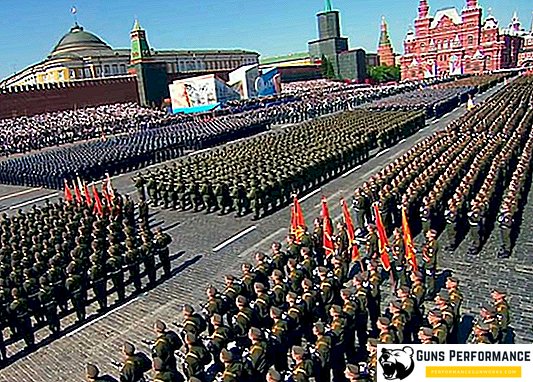
Доктриной определено, что цель мобилизационной подготовки - это подготовка государства, его Вооруженных Сил и иных организаций к обеспечению защиты государства от вооруженных атак, а также удовлетворение государственных потребностей и нужд народонаселения в период военного времени.
Этим продемонстрировано то, что Президент РФ придает значение возрастанию вероятного втягивания нашего государства в процесс крупномасштабной войны. Это может потребовать тотальную мобилизацию многих человеческих и государственных сил.
Военно-экономическое обеспечение
В пятом разделе ВД РФ все посвящено военно-экономическому обеспечению обороны. Важнейшими целями являются:
- Формирование условий для устойчивости в развитии и поддержании потенциалов военно-экономических и военно-технических возможностей в государстве на том уровне, который потребуется для осуществления настоящей военной политики.
Основные задачи военно-экономического обеспечения обороны
Задачами по военно-экономическому обеспечению обороны могут быть:
- Оснащение ВС вооружением, военной и специальной техникой;
- Обеспечение ВС, иных организаций материальными средствами.
Кроме того, обновленной Военной доктриной уточняются задачи по развитию Оборонно-Промышленного Комплекса, приоритеты, а также задачи военно-политического сотрудничества.
В заключение можно заметить, что текст обновленной редакции российской В/доктрины указывает на четкие ориентиры порядка, способов и форм по использованию военной мощи государства. Она досконально обосновывает необходимую защиту суверенитета, территориальной целостности, конституционного строя, национальных интересов российского государства. Указывает на выполнение обязательств перед союзниками, международного партнерства, разрешение военных конфликтов. Доктриной определяются приоритеты военного строительства и формирования ВС РФ.


